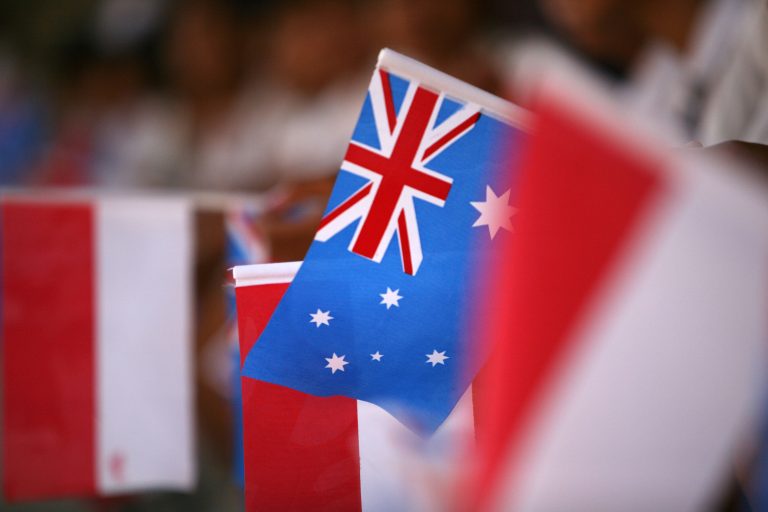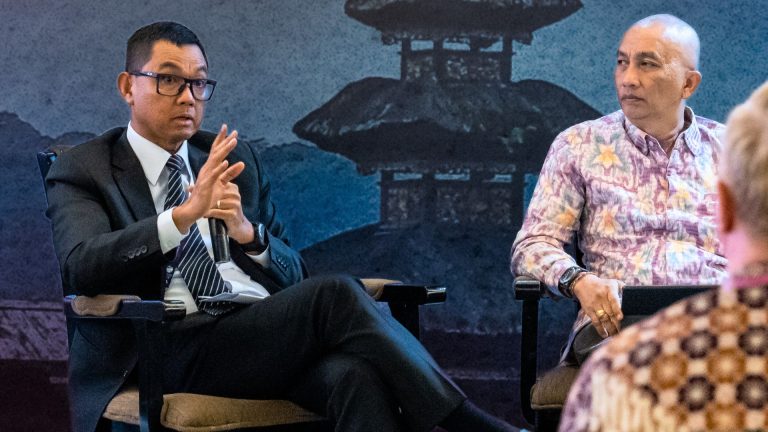Published in The Sydney Morning Herald on 11 June 2018.
“We will never forget that 100 years ago a young and brave nation on the other side of the world made history by writing our history. Lest we forget.”
So ended French Prime Minister Edouard Philippe’s tribute to the Anzacs in April this year at the opening of the Sir John Monash Centre at Villers-Bretonneux.
Compare this to what a former Afghan refugee who calls Australia home wrote after Fairfax Media reported our special forces may have committed war crimes in Afghanistan.

“Disgraceful crimes committed by the elite forces of our civilian government,” he began. “We need to rethink about how we train these guys and instil the morals that we as a nation would condone.”
There are many reasons to be alarmed at the incidents Nick McKenzie and Chris Masters described in these pages over the past few days. For one, they suggest a fog of law in Australia’s longest war.
Retired US colonel Marc Warren was the top US military lawyer in Iraq from 2003-04, a period that included the Abu Ghraib scandal. In 2010, he wrote about the “fog of law” that persisted then – “the ambiguity caused in wartime by the failure to clearly identify and follow established legal principles”. The lesson Warren drew was that “legal ambiguity at the strategic level can imperil mission success”.
When I met with Warren in 2011, he criticised clashing standards and interpretations of legal principles across operations, including for special forces and the CIA.
“When you overlay different standards and policies,” he said, “soldiers will gravitate toward whatever standards and policies are perceived in their minds to be best for them. Sometimes best can be easiest. Sometimes best can be the most effective. You can wind up with a lack of discipline and a lack of cohesive command and control.”
The allegations uncovered resemble the situation Warren described. What’s worse, the fog of law appears to have been exacerbated by a “fog of strategy”. Former special forces captain and now Liberal MP Andrew Hastie said soldiers were “grasping for operational clarity in a fog of strategic uncertainty”.
If alleged breaches of the law of armed conflict by Australian forces are substantiated, it would reveal a disturbing shift towards a more aggressive culture among elements of the ADF.
In the early stages of the Iraq and Afghanistan wars, non-US forces were viewed as more cautious, less likely to conclude that facts justified the use of force or detention. Australian troops were lauded for their valour and integrity. Last year, US Defence Secretary James Mattis said this about the Australian military leaders he worked with as head of US Central Command, which oversees both wars: “You have a degree of moral and ethical reputation that I think could help ensure that in the future more sustainable decisions are made, including by the Americans.”
Much has been written about the strategic shift in the US-led campaigns from a kill and capture mentality to one focused on eliminating excessive force and winning local support. No one personified this change more than General Stanley McChrystal. After he assumed command of US and ISAF forces in Afghanistan in 2009, McChrystal issued a tactical directive to all troops. His restraints on the use of force and detention caused frustration among senior officers, especially in the special forces community, which McChrystal had commanded from 2003-08.
In 2011, McChrystal told me he “agonised” over the wording because he wanted to make sure the forces would “know it was me”.
“I did not want people to be able to live in the legal circle outside the moral circle,” McChrystal said. “To get in the bullseye you had to be in the operational circle, which is well nested in the others.”
McChrystal was prepared to listen to senior officers who thought restrictions on the use of force went too far, but made it clear “this isn’t a debate, this is what you are going to do”. The use of force had “to be precise, clearly legitimate”.
“Following this intent”, McChrystal wrote, “requires a cultural shift within our forces.”
The thrust of McChrystal’s directive was continued by General David Petraeus in 2010 and General John Allen in November 2011, who pledged to “eliminate” civilian casualties.
The alleged violations of the law of armed conflict detailed by McKenzie and Masters raise serious questions about whether some Australian forces met the standards of leadership and ethics expected, whether they “lived their values”, and whether they “reduced the loss of innocent civilian life to an absolute minimum”.
In a war fought among civilians and often at ground level, there was inevitable variance between commanders, especially in assessing “hostile intent”. That judgment was critical in determining whether an individual was a civilian or an insurgent directly participating in hostilities and therefore capable of being killed or captured. It also influenced the actions a soldier could take in self-defence.
Truth be told, the perpetual state of war in Afghanistan created a dangerous legal environment where it could be easier to kill than to capture. “But now instead of capture, detention, and interrogation,” former CIA director Michael Hayden wrote in 2016, “we simply default to the kill switch to take terrorists off the battlefield.”
Whether directives like McChrystal’s meant soldiers assumed too much risk was a constant source of tension. One US officer told me a saying used by some soldiers to capture the dilemma they faced: “Better to be judged by 12 than carried by six.”
But there was a clear shift away from “kill counts”. One experienced major who deployed to Kunar province in 2009-10 told me they “were in firefights everyday” but “did not even pay attention to body counts”. In his mind, “A soldier pulling a trigger nowadays, it could change that entire village’s perception of what we are trying to do if you kill the wrong person.”
One of his platoon leaders said: “All it takes is one bad firefight or one bad unit or one misstep to happen over there and then you can wipe years of work away.”
The authorised account of the Australian Army in Afghanistan reveals that, in 2001, there was no indication this would be Australia’s longest war. If legal and strategic constraints became foggy over time, we must find out why.

One casualty of legal and strategic drift is culture. Our next chief of the Defence Force, General Angus Campbell, was asked about this last August. He said he knew “the stress and the demand we have placed on our special forces community” and that “stress necessarily is something that can affect culture”. Months later, in London, he said “culture eats strategy for breakfast, every time”.
The ADF is one of our most trusted and venerated institutions. The conduct of the Anzacs echoes through history and has bent its arc towards justice. To preserve that trust, it must be shown that our military forces and their commanders are bound by, and accountable to, the laws they seek to defend.
This isn’t just Campbell’s responsibility. We share collective responsibility as a country for the wars fought in our name, and especially for the wellbeing of all our veterans, young and old, who face a growing toll of post-traumatic stress disorder after nearly two decades in war zones.
For too long, the Iraq and Afghanistan campaigns have risked becoming Australia’s forgotten wars. Surely the time has come to adjudicate their successes and failures, along with the diplomatic, military and legal lessons we should draw from them.
Travers McLeod is chief executive of the Centre for Policy Development and the author of Rule of Law in War: International Law and United States Counterinsurgency in Iraq and Afghanistan (Oxford University Press, 2015).



